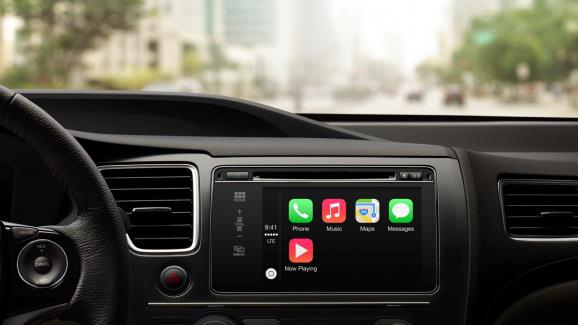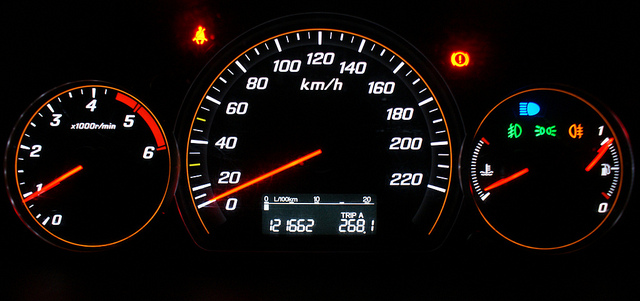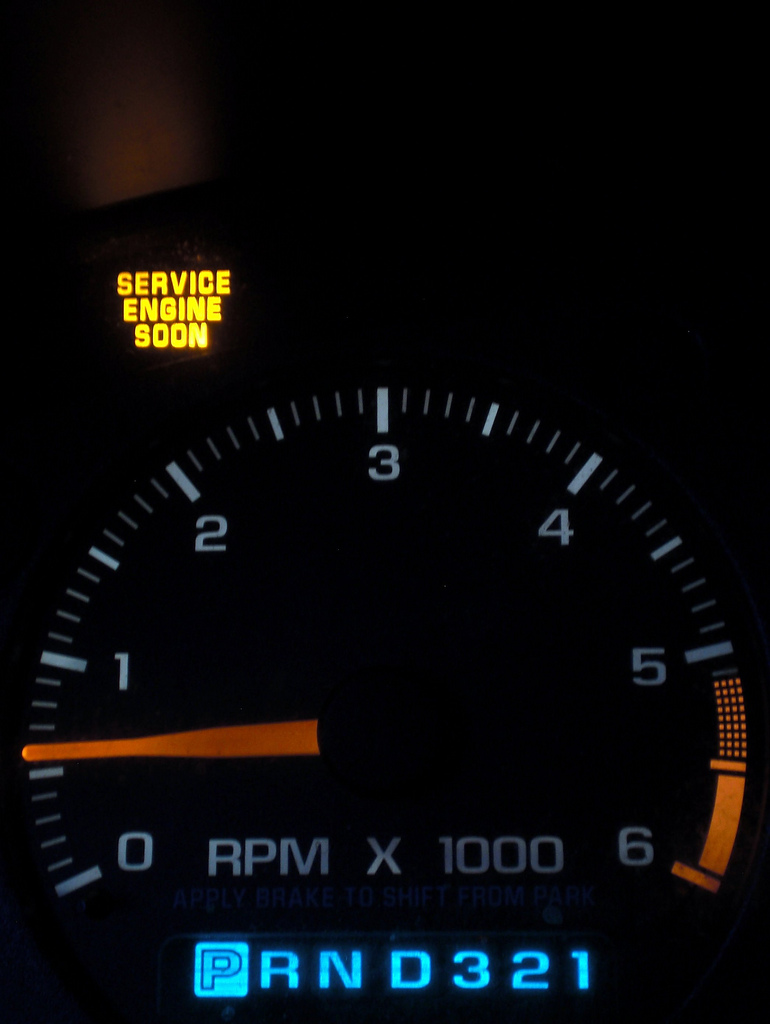Posted on 9/29/2015

Two of the biggest players in the smartphone world, Apple and Google, are taking their talents to a new location, your car’s dashboard. Apple Car Play and Google's Android Auto systems are coming to a car near you a lot sooner than you think. So what’s the deal with the latest in-car “infotainment” technology? Check out our take on the Apple CarPlay vs. Android Auto debate to find out. Best Interface - Tie Apple CarPlay: If you know what it’s like to use an iPhone or iPad, you’ll feel instantly familiar with Apple’s CarPlay interface. Yet again, Apple has gone for a simply designed interface that is very easy to use (perfect for in the car) but sometimes lacks the functionality that you get from Android Auto. Android Auto: The Android Auto interface is a bit more advanced in that you can switch from one app to another without having to return to the home screen thanks to a series of icons on the bottom of the screen. It also integrates Google N ... read more
Posted on 7/14/2015

You’re cruising down the freeway one afternoon, and a dashboard light blinks on. What do you do? Dashboard lights are designed to keep you informed about what’s going on inside your car and any problems that might arise. But with so many different types of dashboard lights and symbols that don’t necessarily mean what you would think, it’s hard to understand what each one means. That’s why we’ve created this panic-free guide to understanding your dashboard lights. Urgent Dashboard Lights These dashboard lights are the ones you really need to watch for. They will typically be red and indicate potentially serious problems, safety issues, or important reminders (such as seatbelt not fastened or door ajar). When you see one of these dashboard lights, don’t take any chances, stop your car immediately, and find an authorized repair shop. These include: Brake Warning Indicators - If your parking brake is off and you see this light, t ... read more
Posted on 3/10/2014

Modern cars have lights for everything channeled through sophisticated computers full of reminders. When you first get a newer car, it’s typically under warranty and the dealer turns off the reminders when you go in for the services. As your new car ages, you might decide to postpone a scheduled service, or do some maintenance in your own garage. But how do you get those pesky lights to turn off? Image: Flickr First, take a look at your owner’s manual and make sure you aren’t doing any damage by turning off the service reminder light without performing the service - there is a reason these lights are on! Some cars have an oil change reminder light, a service that many people choose to perform in their own driveway. Other cars have a service light that comes on at specific mileages (30K, 60K ... read more
Posted on 11/5/2010
Have you ever had an experience like this in San Diego? You drive through the one of those automatic car washes. When you get to the end, where the dryer is blowing, your check engine light started flashing! You fear the worst, but within a block or two, the light stopped flashing, but stayed on. By the next day, the light was off. You wonder; "What was going on?" Well, it's actually a good lesson in how the Check Engine light works. Your air intake system has a sensor that measures how much air is coming through it. When you went under the high-speed dryer, all that air was blasting past the sensor. Your engine computer was saying, there shouldn't be that much air when the engine is just idling. Something's wrong. Whatever's wrong could cause some serious engine damage. Warning, warning! It flashes the check engine light, to alert you to take immediate action. It stopped flashing because once you were out from under the dryer, the airflow returned to normal. Now the ... read more
Posted on 12/11/2009
Did you know that today's cars carry more computer power than the Apollo 121 Lunar Module that landed on the moon in 1969? New cars have as many as 12 networked computers and over five miles (eight kilometers) of wiring. In fact, for the last decade or so, computers have been controlling about 85% of your vehicle's functions. Cars have sensors for manifold air temperature, coolant temperature, manifold air pressure, airflow, throttle position, vehicle speed and oxygen content. All of this electronic wizardry is pretty complicated. So how do you know when there is a problem? It's simple - the Check Engine light comes on. The computer monitors all the sensors and uses that information to decide what to adjust such as the fuel mix, spark timing and idle speed. In addition, the computer monitors its own circuits. When it finds a fault, it turns on the Check Engine light and stores a trouble code in the computer. It can be pretty disturbing when the Check Engine light comes on. We wonder j ... read more